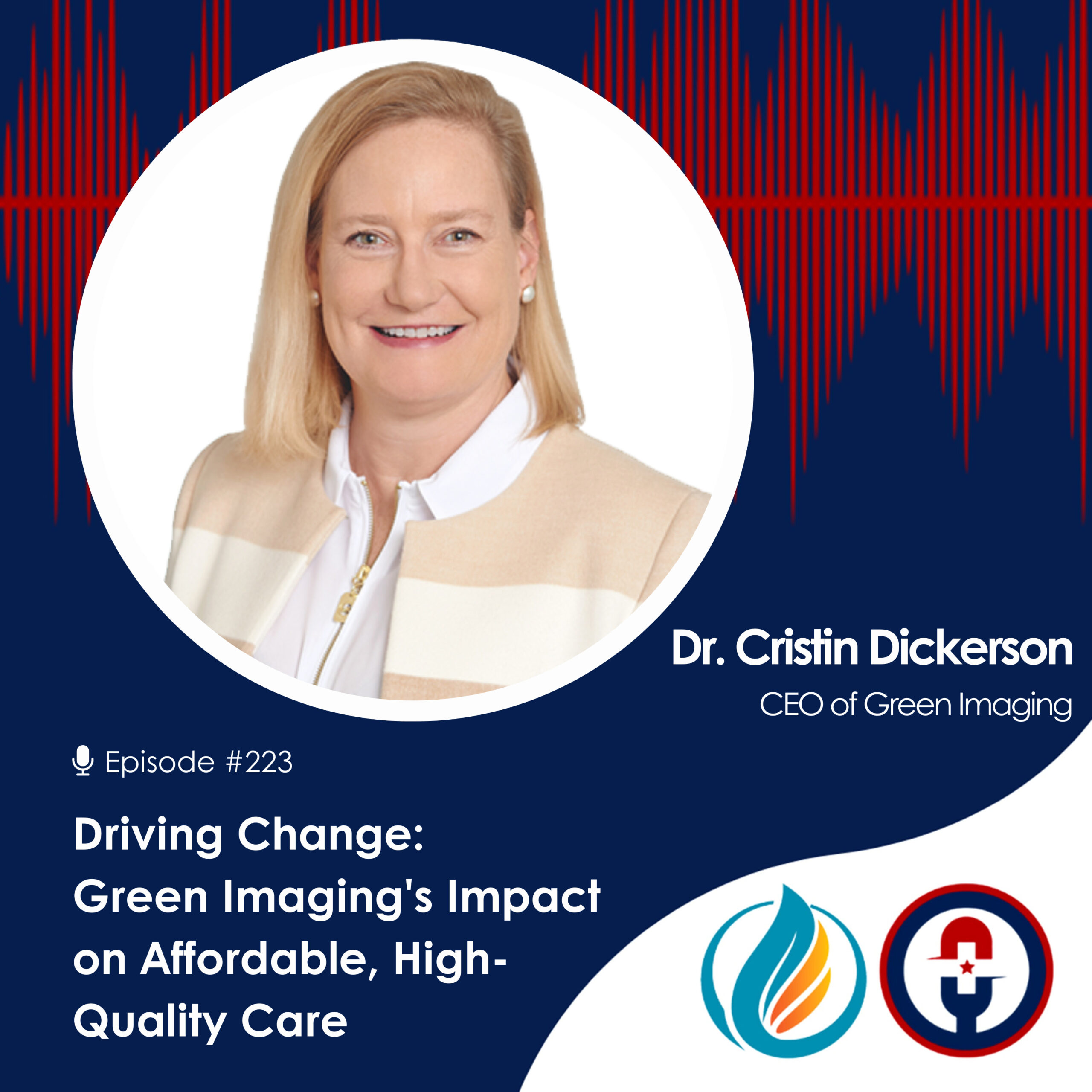3 Free Market Ideas That Threaten Out of Control Healthcare Costs

Under the Affordable Care Act (ACA), insurance premiums have continued to rise. Despite making significant gains in overall coverage and in the coverage of patients with pre-existing conditions and high-risk patients, healthcare premiums continue to soar, deductibles remain high, and healthcare providers are bailing.
It is time to see solutions from the free market.
The United States is the most powerful and richest country in the world. We boast a military strength that dwarfs the next eleven largest militaries combined, making even some of our old geopolitical foes look like they brought pocket knives to a tank battle.
We also have the world’s largest, and most productive economy. When exchange rates are taken into account, the US economy constitutes a massive share of the world's GDP. Compared to our OECD peers, an organization composed of 35 developed and advanced world economies, our recovery and subsequent growth in recent decades are the envy of the world.
"It is time to see solutions from the free market."
--- DR. CRISTIN DICKERSON, MD
While our country spends by far the most money on healthcare, our return on that investment is more than suspect. According to the OECD and the World Bank, US health spending per capita is three times higher than many other OECD economies, yet we are paying more for less.
The problem of spiraling health care costs in America is an old one that has plagued us for decades. The Affordable Care Act (ACA), passed into law in 2014, was supposed to address these issues. We were told it would lower premiums, we could keep our doctors, and it would not affect our national deficit.
Unfortunately, none of those things happened. While the ACA did solve the problems of pre-existing conditions and high risk patients, it failed to address deep-seated issues that drive up costs related to 3 of the largest lobbying groups in the country: pharmaceutical companies, hospitals, and insurance companies.
2018 Employer Health Care Market
Employer-sponsored health care accounts for 55% of medical care in our country. Employers have for years been saddled with escalating costs for their second largest budget item. New non-traditional insurance plans, direct primary care options, healthshare options, bundled surgical pricing, cloud-based software designed to drive better employee medical decision making, and physicians embracing transparent cash pay pricing are changing the market for 2018.
Employers who have been early adopters of nontraditional options are driving down their own and their employees out of pocket costs by 30-50%. This dramatically impacts the company's and the employees' bottom line.
3 Free Market Ideas that Might Help Solve Healthcare in America
1. Eliminate the Middlemen
When a patient with traditional insurance is in the exam room with a doctor, the room is 'crowded' with the government, insurance company, TPA, the pharmaceutical company, hospital, and legal representatives. When a patient unplugs from traditional insurance and subscribes to direct primary care and/or a healthshare, it leaves only the doctor and patient in the room and dramatically drives down the cost of care.
Medical practices spend 20% of their revenue trying to get paid the money they are contracted to receive from traditional insurers for the care they provide and yet only end up collecting a fraction of what they are due contractually.
2. Eliminate Excessive Regulations
Regulations stifle innovation. Government regulatory actions in the healthcare sphere only serve to form a barrier to competition, supply and demand, and innovation. HIPAA regulations are so extreme that they dramatically drive up the cost of care and cause a significant barrier to flow of information, thus delaying and degrading prompt and appropriate care. Why is medical privacy regulated to a degree several magnitudes greater than legal, financial, and personal privacy?
For the healthcare industry to compete as freely as possible, there must be an incentive to grow and innovate. Unfortunately, burdensome regulations have only served to constrain companies and allow larger, integrated corporations to outcompete smaller competitors. With less competition, there is less innovation, leading to the stagnant and hollowed-out playing field we have today that is dominated by a select circle of massive corporations.
3. Transparent Competition
One of the biggest barriers to a free market-driven solution to this national healthcare crisis is the problem of opaque pricing. Why is it that an MRI scan at one imaging clinic may cost as little as a few hundred dollars while the same procedure at a hospital or another institution can cost thousands more? Health service rates have long been considered a trade secret tucked away from public view or scrutiny. Consumers are often completely in the dark when it comes to pricing. Without the ability to gauge what a health service or product, such as an MRI scan or a heart valve, should cost, how can consumers possibly shop for the best value? How can competition possibly exist and thrive?
The Green Imaging Difference
Green Imaging is proud to have been serving the free medical market for 5 years and provides direct radiology services all over Texas. Our high-quality imaging services such as MRI, CT, PET/CT, and ultrasounds are available for up to 80% less. We offer transparent pricing with no hidden referral fees. Our affordable MRIs start as low as $250 but with no sacrifice in image quality, and are read by board certified and fellowship trained radiologists who add value to the market.
Don’t pay secret rates for an MRI. Go Green Imaging instead!








